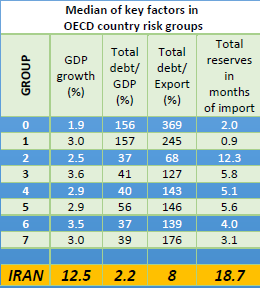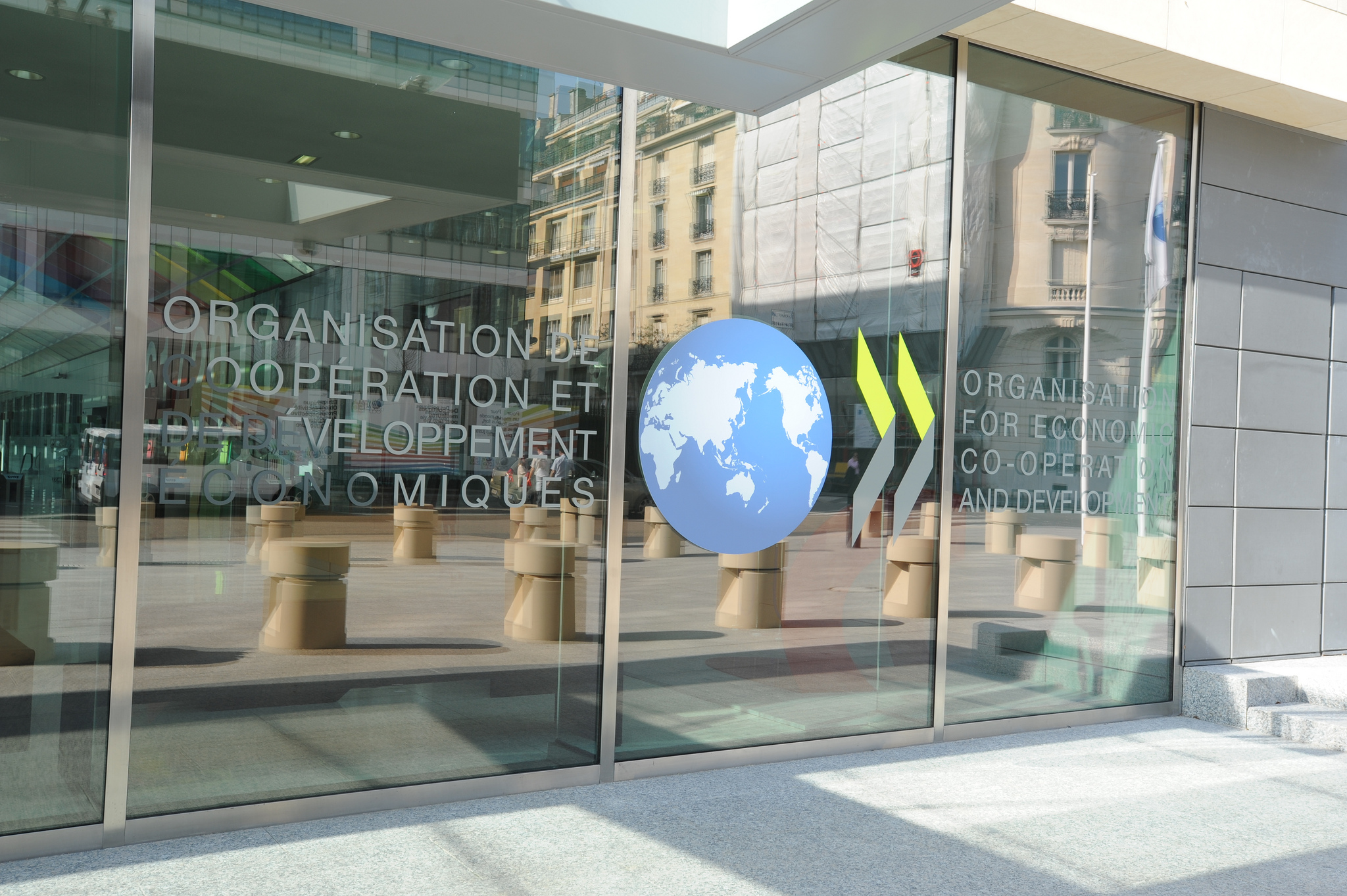The Organization for Economic Cooperation and Development (OECD) has unsurprisingly upgraded Iran's rating in the country risk classifications of the Participants to the Arrangement on Officially Supported Export Credits (CRE) from 6 to 5.
The long-awaited upgrade was announced following the organization’s last meeting on Friday. The last upgrade in Iran’s rating goes back to June 2016, when Iran’s ranking improved one notch, moving from 7 to 6.
The country risk classifications of the Participants to the Arrangement on Officially Supported Export Credits are one of the most fundamental building blocks of the arrangement rules on minimum premium rates for credit risk, according to OECD.
The important decision comes amid growing concerns over the future of the nuclear agreement signed in 2016 by Iran and the six world powers, mainly due to US President Donald Trump’s hostile approach toward the historic deal. Trump recently threatened to abandon the deal in spring unless it is fixed to his liking. His secretary of state, Rex Tillerson, held talks with Europeans this week to persuade them to join the US in amending the nuclear agreement and imposing new sanctions on Iran.
“This was indeed a positive signal from the Europeans and a further indication of their interest to continue engaging with Iran within the framework of the nuclear deal,” Arash Shahraini, deputy head of Export Guarantee Fund of Iran, told the Financial Tribune in a telephone interview on Friday.
“The upgrade reduces the cost of attracting foreign finance, and as a result helps us increase our foreign exchange reserves,” he said.
Deserving Better
But the measure was not unexpected for Tehran as the authorities had been waiting for the upgrade after the economic sanctions were eased in January 2016.
Pointing to country’s reserves and low external debt, Shahraini is of the opinion that Iran deserves a higher classification, namely 3 or even 2.
As the OECD puts it, the country risk classifications are meant to reflect country risk, which is composed of transfer and convertibility risk (i.e. the risk that a government imposes capital or exchange controls that prevent an entity from converting local currency into foreign currency and/or transferring funds to creditors located outside the country) and cases of force majeure (e.g. war, expropriation, revolution, civil disturbance, floods, earthquakes).
Iran’s official reserves were projected at $123.5 billion in 2016-17, according to a report released by the International Monetary Fund in February 2017. The country’s total debt to GDP stood at 2.2%, which is lower than any other country in the world.. Iran also recorded the highest economic growth in the world according to the global lender’s 2016 report – 12.5%.

A recent report published by the EGFI, Iran’s state-owned export credit agency, compares Iran’s economic indicators with the average performance of countries in each risk classification, backing its claim that Iran has outperformed other countries in 2016 and deserves lower risk.
The senior EGFI official said, “There are other factors that have a bearing on the OECD’s final assessment including political risks and a country’s history in settling its external debts,” he said.
Due to the constraints in financial relations with its foreign trade partners, Iran had been unable to settle $3 billion of its external debts during the sanctions era. “However, following the lifting of the sanctions this issue was prioritized by the Central Bank of Iran…within a year we either repaid our debts or reached agreements over restructuring.”
Non-OECD Finance Already Here
Shahraini believes that the upgrade in Iran’s risk classification will help encourage financial institutions in the OECD-member countries to engage with Iran, where their non-OECD competitors have already started doing business.
Iran has concluded several foreign finance contracts in the past six months including two agreements worth $25 billion with China Development Bank and CITIC Trust, a no-cap deal with Russia’s Exim Bank, a €5 billion deal with Italy’s Invitalia Global Investment, a €1 billion deal with Austria’s Oberbank, a €500 million deal with Denmark's Danske Bank and two contracts worth €13 billion with South Korea’s Exim Bank and K-Sure.
Unlike OECD members, export credit agencies in the BRICS countries (Brazil, Russia, India, China and South Africa) have gradually improved Iran's rating in their risk classifications since the nuclear deal was implemented. The five-nation bloc now accounts for one-third of Iran’s non-oil trade.



